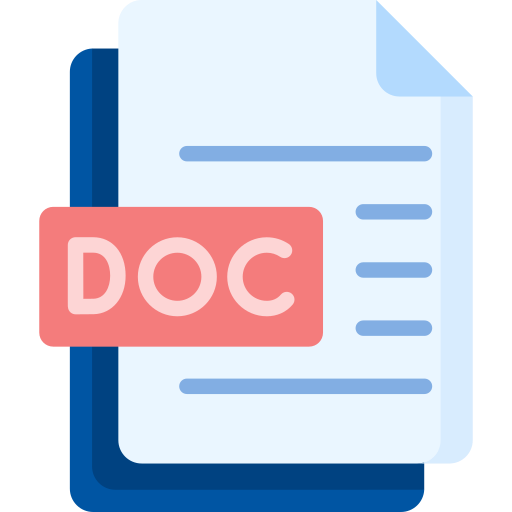Publication Ethics
Journal Multidisiplin BHATARA applies a double-blind peer review system, where both authors and reviewers remain anonymous throughout the evaluation process. This policy ensures fairness, objectivity, and academic integrity. The overall publication process consists of several stages as follows:
Part A: Submission
- The author submits the article via OJS and completes the metadata. Manuscripts must be prepared in DOC/DOCX format according to the journal template.
- The Editor checks whether the article complies with the template guidelines and whether the content is within the scope of the journal. This process usually takes 1–7 days.
- If the article does not comply with the guidelines, the author will be asked to make improvements via discussion in OJS.
- If the article is not in accordance with the journal’s scope, it will be rejected.
- If everything is in accordance, the manuscript will proceed to the review stage.
Part B: Peer Review Process
- Initial Screening – Each manuscript that passes the submission stage will be screened again by the Editor to confirm compliance with journal policies. Manuscripts that do not meet the basic requirements may be returned or rejected.
- Reviewer Assignment – Manuscripts are assigned to at least two independent reviewers with relevant academic expertise, selected based on their research background and specialization.
- Double-Blind Review – The review process is conducted under a double-blind system to ensure anonymity between authors and reviewers.
- Review Duration – The review process generally takes 2–8 weeks. Reviewers are expected to evaluate the originality, contribution, methodology, clarity, and relevance of the manuscript. A minimum of one reviewer will review each document, and on average articles take about six weeks from submission to publication.
- Review Recommendations – Reviewers may recommend:
- Accept without revision
- Accept with minor revisions
- Major revision required
- Reject
- If the reviewer’s recommendation is rejection, the article will be declined by the Editor. If revision is required, the Editor will notify the author via email and OJS. The manuscript must then be revised until it complies with the reviewer’s comments.
- Similarity Check – The Editor checks plagiarism using Turnitin, with a maximum acceptable similarity score of 30%. If the similarity exceeds this limit, the author must revise the manuscript via OJS until the similarity is 30% or below.
- Revision and Resubmission – Authors are required to carefully address all reviewer comments and resubmit the revised manuscript within the specified deadline. If substantial changes are made, the revised version may be sent back to reviewers for further evaluation.
- Decision Making – The Editor-in-Chief makes the final decision based on the reviewers’ recommendations and the quality of the revisions. If there are conflicting reviewer reports, a third reviewer may be assigned.
Part C: Invoice and LOA
- After acceptance, the Editor will send an invoice via email. APC (Article Processing Charge) information can be accessed at: Contact Page.
- The author pays according to the invoice and confirms payment via email.
- The Editor issues a Letter of Acceptance (LOA) via email once the payment is confirmed (usually within 1–2 days).
Part D: Copyediting and Production
- The accepted manuscript proceeds to the copyediting stage, where the Editor checks grammar, clarity, and formatting. Authors may be asked to revise during this stage.
- Once approved, the article continues to the production stage, including layouting, DOI assignment, and final proofreading.
- The article will then be published in the scheduled issues of BHATARA (January, April, July, and October).






